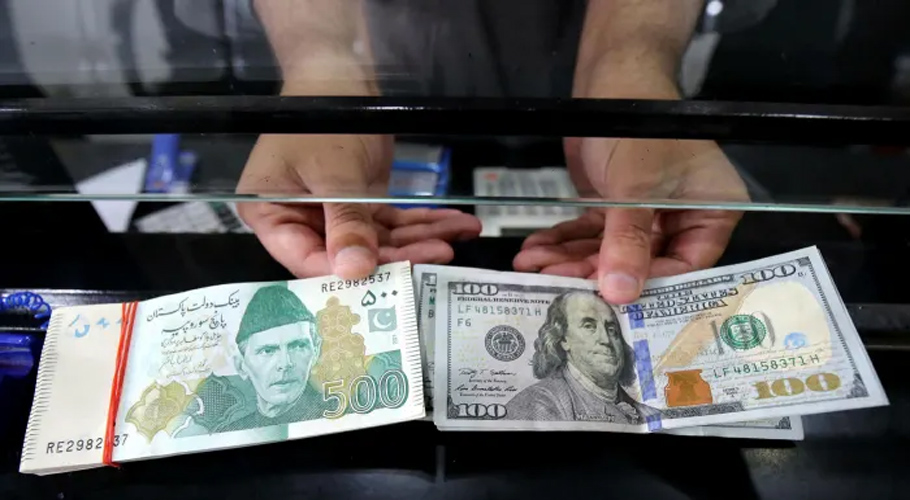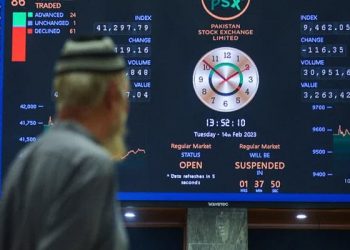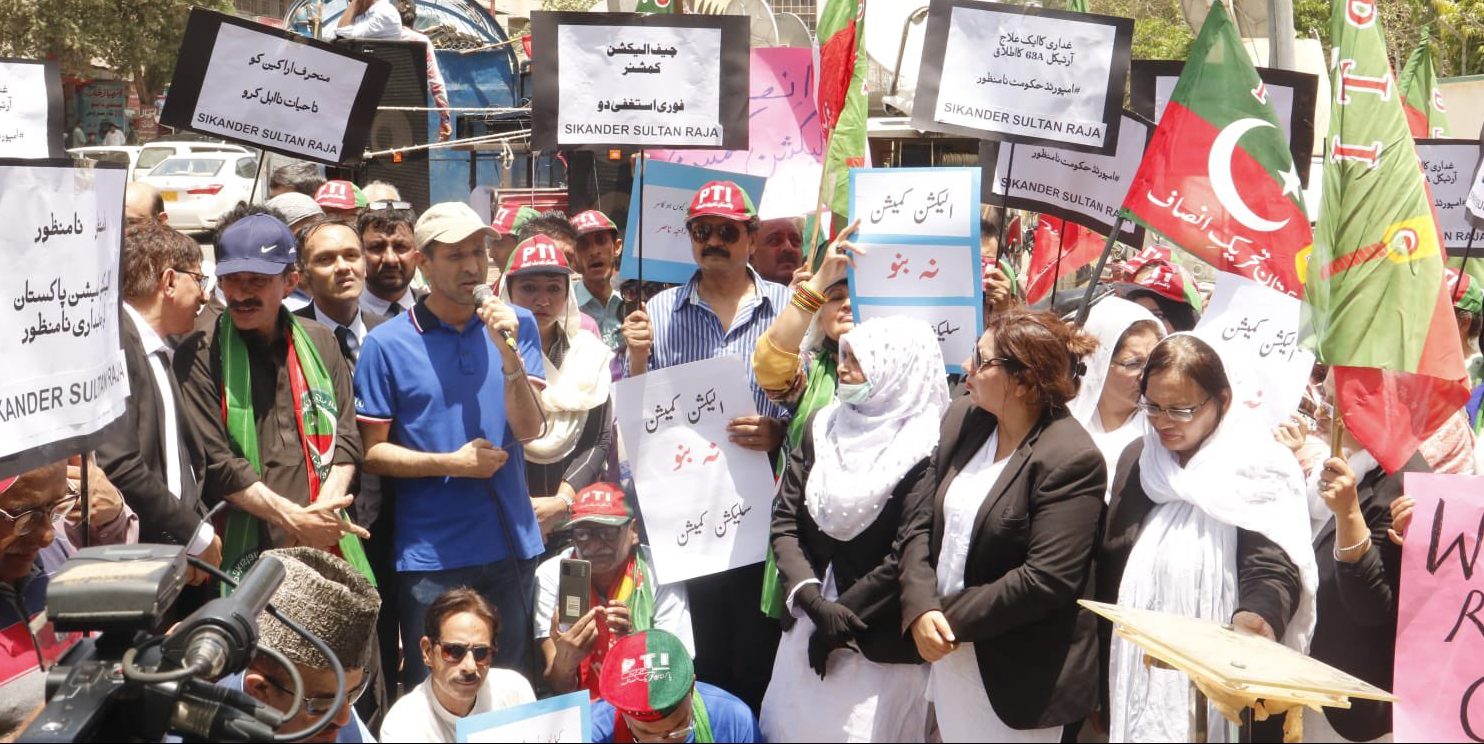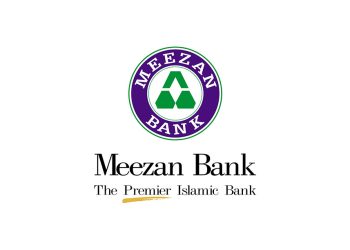The Pakistani rupee (PKR) continued on upward trajectory against the US dollar during Thursday’s interbank session. This adjustment saw the rupee closing at 279.3281 PKR per USD, marking a 17 paisa increase from its previous position 279.4990. A day earlier!
PKR INTERBANK EXCHANGE RATES ON FEBRUARY 22, 2024
| Country Name | Symbol | Rate |
|---|---|---|
| United States | USD | 279.3281 |
| Eurozone | EUR | 303.3643 |
| United Kingdom | GBP | 354.3836 |
| Japan | JPY | 1.8615 |
| United Arab Emirates | AED | 76.0470 |
| Saudi Arabia | SAR | 74.4776 |
| Australia | AUD | 184.1191 |
| Canada | CAD | 207.7098 |
PKR OPEN MARKET EXCHANGE RATES
The Pakistani Rupee (PKR) has shown varying levels of strength against a basket of major currencies. Here’s a closer look at the buying and selling rates as reported by ECAP:
PKR OPEN MARKET EXCHANGE RATES ON FEBRUARY 22, 2024
| Currency | Buying | Selling |
|---|---|---|
| USD | 279.59 | 282.16 |
| EUR | 301.60 | 304.58 |
| GBP | 352.15 | 355.27 |
| JPY | 1.83 | 1.86 |
| AED | 75.97 | 76.73 |
| SAR | 74.24 | 74.95 |
THE RISING REER: A SIGN OF ECONOMIC STRENGTH
In the intricate world of economic indicators, the Real Effective Exchange Rate Index (REER) stands out as a pivotal measure of a country’s currency strength relative to a basket of foreign currencies. For Pakistan, January 2023 marked a significant uptick in this critical metric, with the REER index climbing 2.91% month-over-month to a provisional value of 101.7. This increase from December’s revised figure of 98.83 not only signifies a moment of currency valorization but also casts a spotlight on the broader economic implications.
DECODING THE NUMBERS
The REER index’s ascent to 101.7 in January underscores a noteworthy appreciation in the Pakistani rupee’s value against its major trading partners. Moreover, the year-on-year analysis further accentuates this positive trajectory, revealing an 8.24% surge compared to the same period the previous year. Such a rise in the REER index is emblematic of a strengthening economic position, potentially influencing trade competitiveness, inflation rates, and the overall economic balance.
ECONOMIC IMPLICATIONS OF A STRONGER REER
A higher REER index generally indicates that a country’s currency is becoming more potent compared to a collective group of other currencies. This strength can have a dual-edged impact on the economy. On one hand, it suggests increased purchasing power and lower costs for imported goods and services, potentially dampening inflationary pressures. On the other hand, a stronger currency could render exports less competitive on the global stage, impacting trade balances.
THE SIGNIFICANCE BEHIND THE NUMBERS
The movement of the REER away from 100, a benchmark set against the average value of the currency in 2010, is not merely a numerical fluctuation. Instead, it reflects significant shifts relative to the currency’s valuation over a decade ago, providing insights into the country’s economic health, policy effectiveness, and global economic standing. Understanding these dynamics is crucial for policymakers, economists, and investors aiming to navigate the complexities of international trade and finance.


















